
- Diplomatic News
China-India border construction heats up again
- Diplomatic News
- 28 June, 2021 00:24:34
News Desk: In the short term, more development means more clashes. But could there be a positive impact in the long term?
Recent China-India clashes follow a trend: The surest way to forecast flashpoints is by keeping an eye on infrastructure developments along the border.
The pattern of border industrialization and infrastructure development serving as flashpoints is best evidenced by the fact that the last two major clashes, the Doklam standoff and the Galwan valley clashes, also resulted from infrastructure disputes.
The 2017 Doklam dispute was catalyzed by Chinese attempts to build a road within Bhuta’s Doklam region. Indian troops reached the scene to assist their Bhutanese allies and protect the strategically important Siliguri Corridor (the corridor that connects mainland India to its northeastern states), which is only 80 kilometers from Doklam ridge. Similarly, the 2020 Galwan Valley clashes occurred over India’s construction of a road bridge in the valley that connected the important Shyok-Daulat Beg Oldi road to Durbuk in Ladakh. Although the bridge lies firmly within Indian territory, it is only 7 kilometers from the Line of Actual Control (LAC), which provoked the Chinese.
More recently, May 2020 saw China warn against India’s attempt to “unilaterally change the status quo of border territory” by undertaking construction near the Leh border, cautioning that it would incite “necessary counter-measures.” This threat materialized nine months later, in January of this year, as news broke of Chinese troops building an entire village in Arunachal Pradesh. Satellite images showed 101 homes built 4.5 kilometers inside Indian territory. Even the Ministry of External Affairs confirmed that it had received reports of China undertaking construction along the LAC.
Slowing down border development is not an option for the world’s two most populous nations. As both China and India nurse their advancing economies and growing nationalist rhetoric, securing their territories through infrastructure development is a matter of national pride. But the inevitable development of border infrastructure is also the chief instigator of conflict between the two nations.
Such clashes are only likely to increase as both nations ramp up their infrastructure along the LAC. In India’s case, between March 2018 and 2020, the Border Roads Organization (BRO) had built 1,505 kilometers of roads, most of them in Jammu and Kashmir and Arunachal Pradesh. Even during the COVID-19 lockdown, the BRO constructed the Daporijo bridge over river Subansiri in Arunachal Pradesh, which strategically connects India to the LAC. The Ministry of Defense hinted at future aspirations along the Arunachal LAC by reporting that the bridge was upgraded to allow heavier vehicles to pass, “catering for not only Army requirements but the future Infrastructure development requirements.”
On the other side of the border, China’s recent greenlighting of the construction of the Brahmaputra dam in the Tibet Autonomous Region is a worrying development for India. The dam is set to be the world’s largest hydroelectric facility, three times more powerful than the world’s current largest, the Three Gorges Dam, also in China. R. Keerthana cautions that though the dam will annually create 300 billion kilowatt-hours of clean energy for China, it will negatively impact India’s agriculture in downstream areas, upset the Brahmaputra River’s flow into the northeastern states, and endanger sensitive local ecosystems.
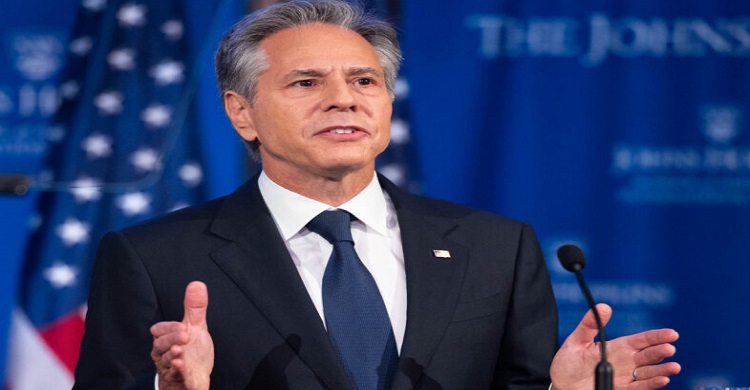







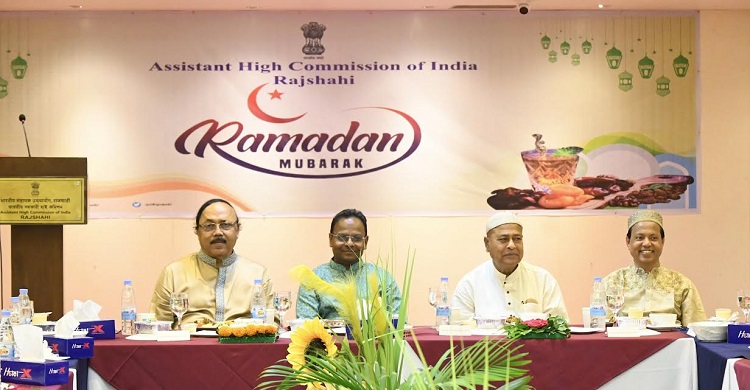









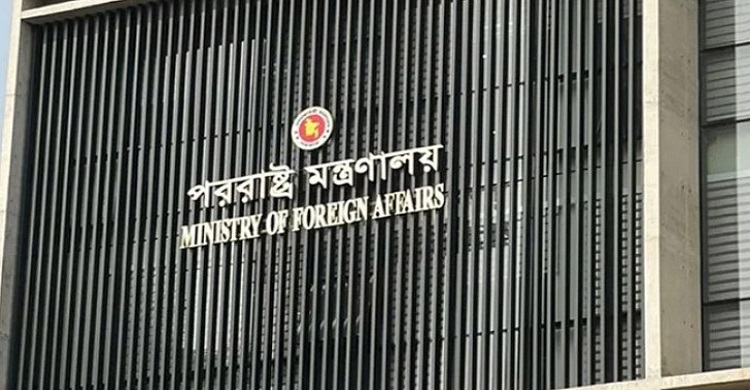
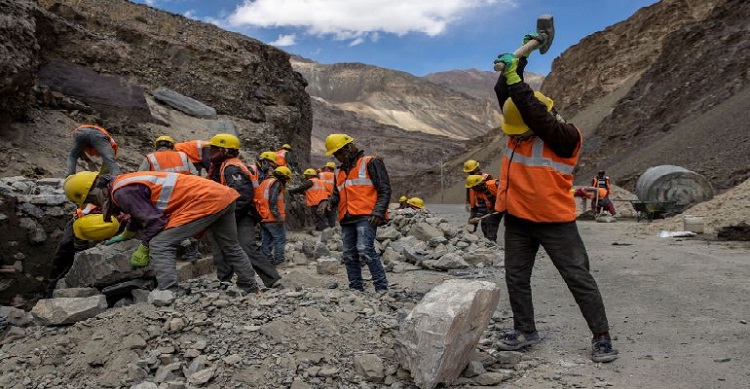

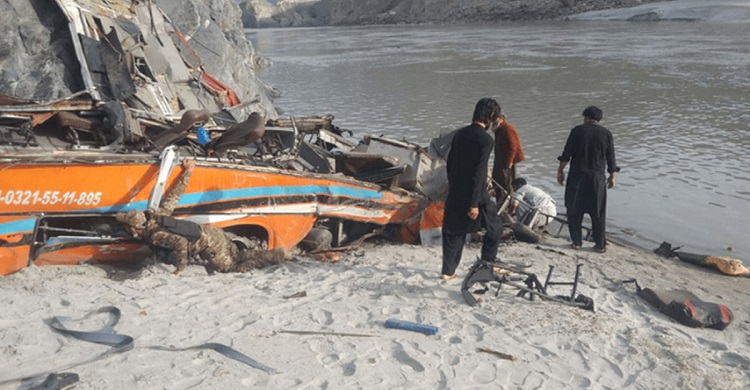






Comment ( 0)